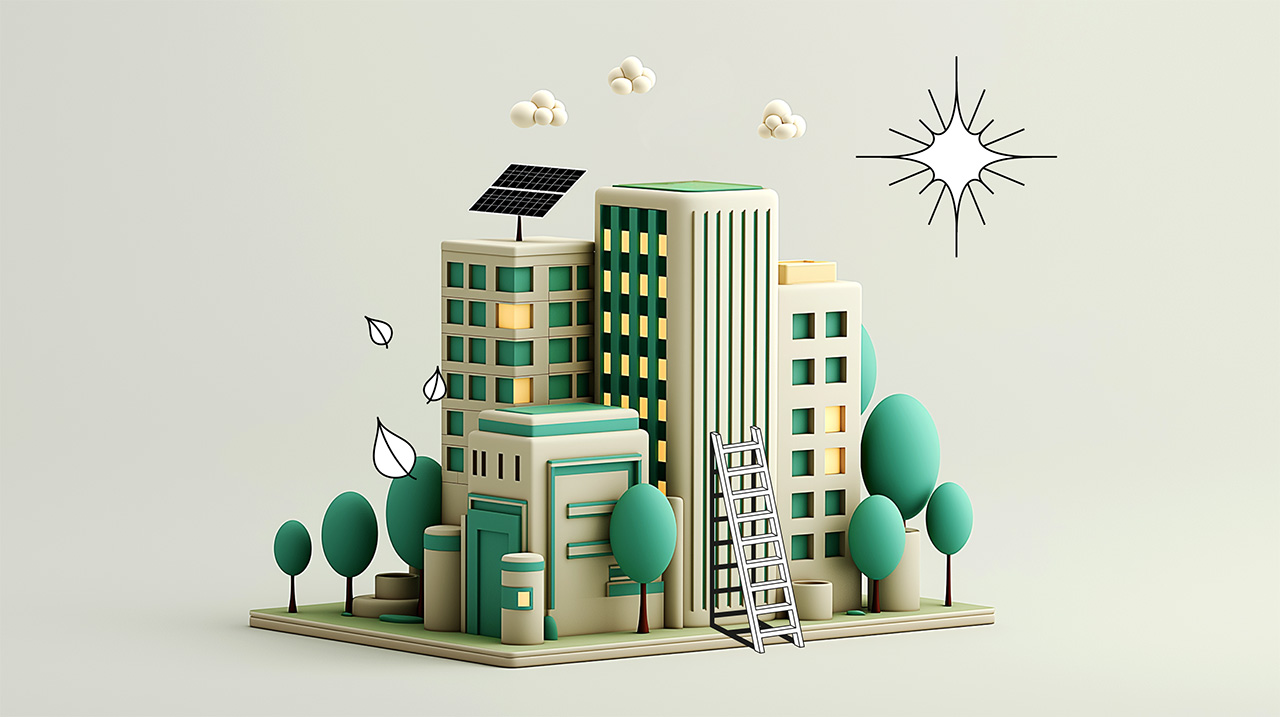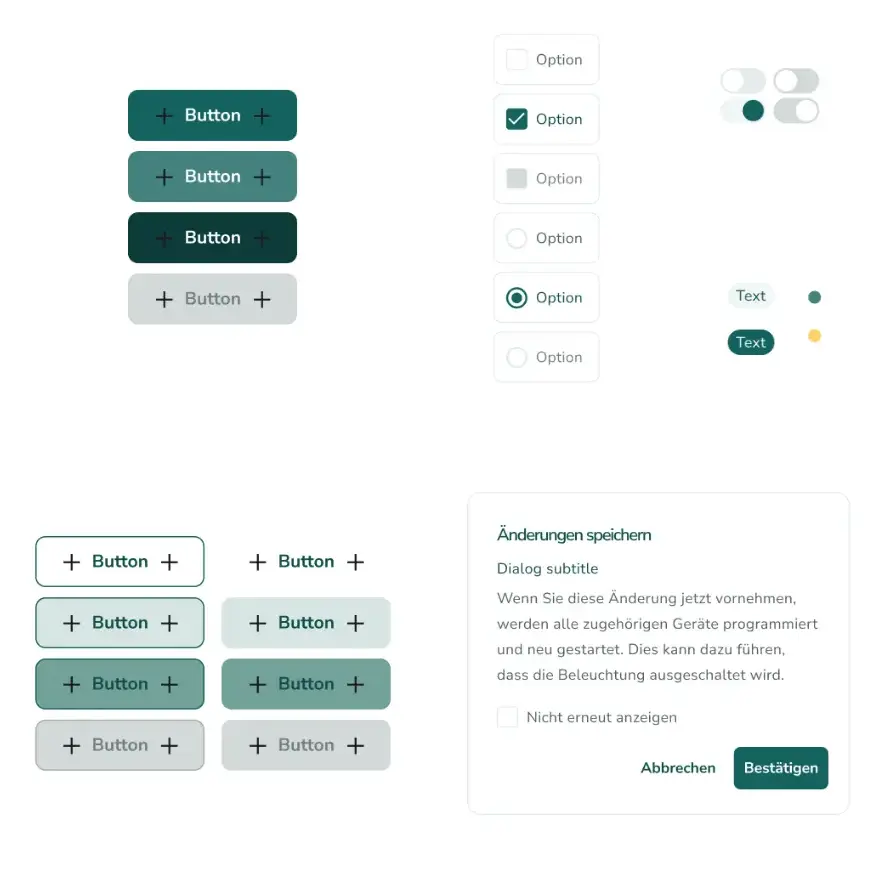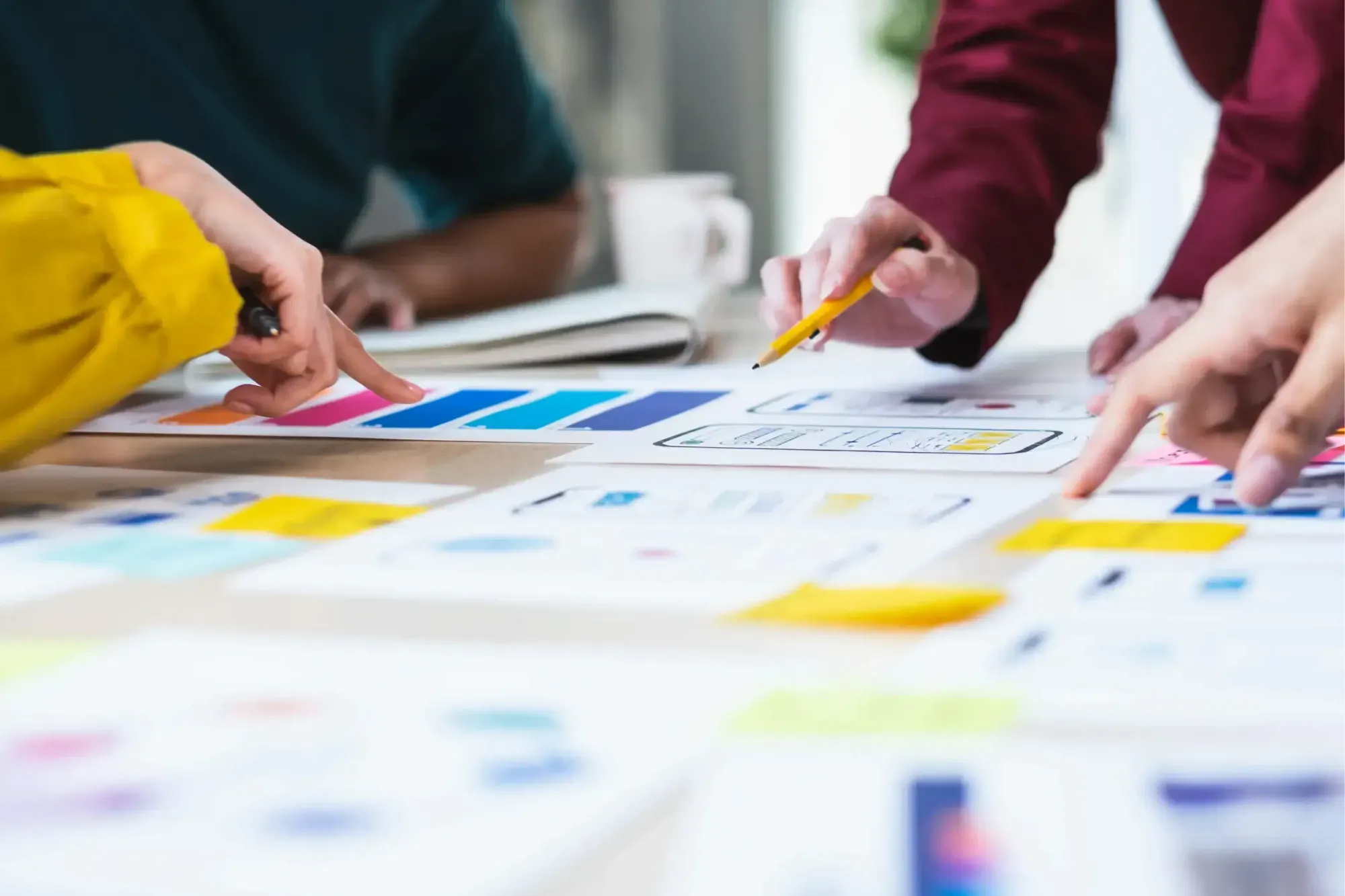User-centered design for lower electricity costs and greater sustainability
Quickly and easily adjust lighting settings thanks to user-centric, intuitive design

How can you reduce unnecessary lighting in non-residential buildings?
The innovative start-up Effinigo has set itself the goal of making lighting control in non-residential buildings such as schools and office buildings more efficient. For many building managers, unnecessary lighting can be a major cost factor. This is the case when lights are left on in rooms where no one is present or when lights are left on even though there is sufficient daylight. Effinigo's customers want to minimize electricity waste caused by unnecessary lighting and save energy and costs through smart solutions. Until now, however, the Effinigo team had to manually adjust the lighting settings for each customer, which was time-consuming and costly.
Client:
Effinigo
Energy
Services:
UX Design
UI Design
By developing an intuitive user interface, Centigrade made it possible to easily adjust lighting settings independently.

Tight timeline, clear solution
In a short time, a clear, minimalist design was created that is intuitive to understand and fits seamlessly into the existing system landscape. Despite a very limited budget, even complex requirements such as the setup of special usage times and individual lighting scenarios could be fully taken into account. The solution thus enables users to control the system quickly, easily, and flexibly—even in special cases.
Tight timeline, clear solution
In a short time, a clear, minimalist design was created that is intuitive to understand and fits seamlessly into the existing system landscape. Despite a very limited budget, even complex requirements such as the setup of special usage times and individual lighting scenarios could be fully taken into account. The solution thus enables users to control the system quickly, easily, and flexibly—even in special cases.
Use of modern technologies
To create a user-friendly and visually appealing interface, we relied on the targeted use of modern tools and frameworks. By combining Vuetify—a powerful UI framework based on Vue.js—with the design tool Figma, we were able to develop a consistent, responsive, and visually high-quality interface. This approach not only enabled rapid implementation of the design, but also ensured that functionality and aesthetics were optimally aligned – for a consistently positive user experience.

Technologien
Clients Who Trust Us






Alles beginnt mit einem guten Gespräch.
Lassen Sie uns daher gemeinsam über Möglichkeiten für Ihre digitale Produktentwicklung sprechen. Wir sind gespannt auf Ihre Anfrage.



